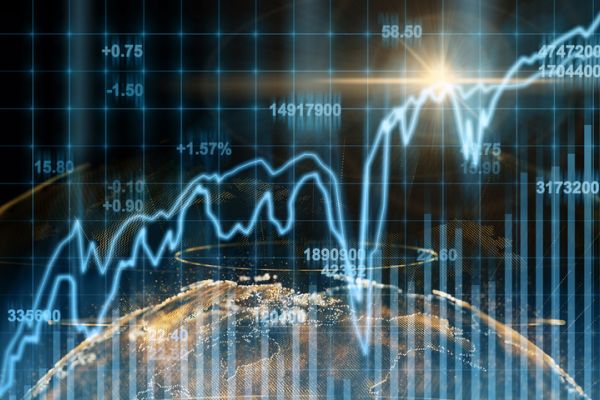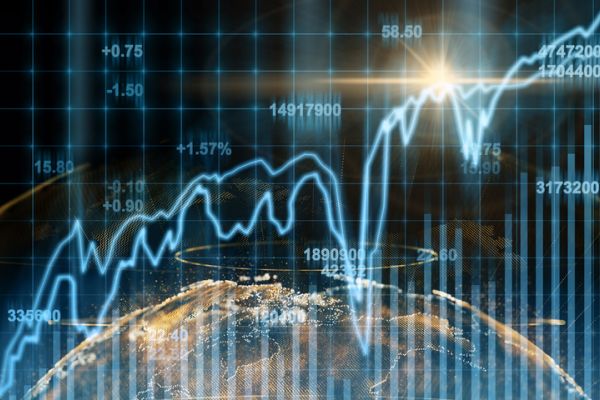Advanced Macro-Econometric Modelling Using IRIS
TRAINING DATES: 13th October 2025–17th October 2025
COUNTRY: Ghana-Accra
Overview
This is an intensive course which provides policy makers tools required to build macroeconomic frameworks from scratch. This course is most ideal for personnel in the Ministries of Finance, Planning, central banks as well as international organizations.
Course objective:
By the end of the course the participants will have acquired detailed knowledge of and extensive hands-on experience in:
- Macroeconometric modeling: history, types, structure.
- Data, their type, and characteristics.
- The use of EViews for data analysis.
- Econometric estimations and testing with EViews.
- Nonstationarity and Unit root tests.
- Cointegration tests and long-run estimations.
- Error correction models and short-run analysis.
- Building a macroeconometric model in EViews.
- The algorithms for solving models.
- Checking the validity and consistency of models.
- Calibration and update of models.
- Simulations and scenario building within Eviews
- Advanced simulations using IRIS/MATLAB or StateSpaceEcon/Julia
Course Content
| Session/Day | Lecture Topic | Lab session |
|---|---|---|
Module 1 | -Overview of time series macroeconometric modeling -Time Series and Stationarity (stationary and non-stationary) -Time Series and Seasonality, and other properties of TS data. -Time Series Data and Autocorrelation tests -Tests for stationarity, Data transformations (logs, Seasonality Adjustment, differencing, detrending, lags) -Autoregressive (AR) Models, Moving Average (MA) Models -Nonstationary time series processes Deterministic and stochastic trends | -EViews basics and introduction -Managing data series using EViews -Statistical descriptive analysis, plots using EViews – Data transformations (logs, Seasonality Adjustment, differencing; detrending, lags), and tests for stationarity: unit root tests. -Autocorrelation function, Correlogram; estimation and elimination of trend and seasonal components. -Time series properties and data analysis in EViews. -AR, MA estimation in EViews |
Module 2 | ARMA/ARIMA /ARIMAX, and Structural breaks -The Box Jenkins Approach, Random Walks – Identification -Estimation -Diagnostic testing -Structural breaks -Consequences of structural breaks; -Testing for structural breaks: graphs; Chow test (if there are priors); recursive estimation; CUSUM -Unit root tests (autocorrelation function, ADF, Phillips-Perron, ZPSS) Forecasting using Univariate models: AR, MA, ARMA, ARIMA -Ex post vs ex ante forecasts ; -static vs dynamic forecasts; – Rolling versus expanding window forecasts -Forecast Evaluation: using graphs (scatterplots, actual vs fitted), checking for outliers; standard error (SE) of Forecasts, root mean square error (RMSE), mean absolute error (MAE), mean absolute percentage error (MAPE); Theil’s U2 statistic; | ARMA/ARIMA/ARIMAX Estimation, and Structural Breaks -Simulate ARMA processes -check for stationarity using ACF, ADF Philips Perron methods; ZPSS -Manually estimate and check ARMA models on simulated series Simulate ARIMA Models, Estimate ARMA models using EViews automatic model selection procedure, Estimate ARIMAX models -Test for structural breaks: Chow Test; recursive estimation; CUSUM. Construct dynamic and static forecasts using simulated AR series; Construct dynamic and static forecasts using the ARMA model -Forecast evaluation statistics: -Evaluate forecasts using graphs (scatter vs fitted values, checking outliers; Evaluate forecasts using standard errors (SE); root mean square error (RMSE); mean absolute error (MAE); mean absolute percentage error (MAPE); Theil’s U2 statistic; variance and variance proportion |
Module 3 | Single Equation Error Correction Models -Specification -Estimation -Diagnostic testing -Evaluating Regression Models -Forecasting | Apply the Engle-Granger approach to test for cointegration between 2 variables (e.g CPI Inflation and Money Supply) -Manual test: unit root tests on individual series; test for residual stationarity – Estimate and interpret ECM regression |
Module 4 | Building Macroeconometric Models using System Object in Eviews -Simulation analysis using the developed system object. | Development of System Block Estimation of private consumption Estimation of private investments Estimation of exports and imports Estimation of revenues Estimation of money demand functions Enforcement of key identities for national accounts, fiscal, balance of payments and monetary accounts |
Module 5 | Advanced Macro econometric Models | Using IRIS in Matlab Using Statespaceecon in Julia |







